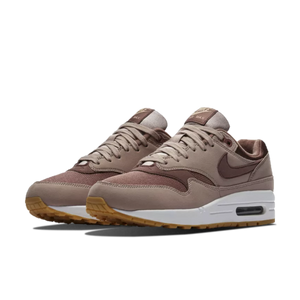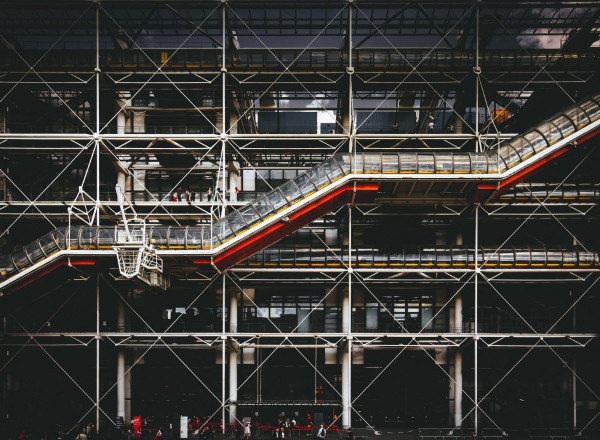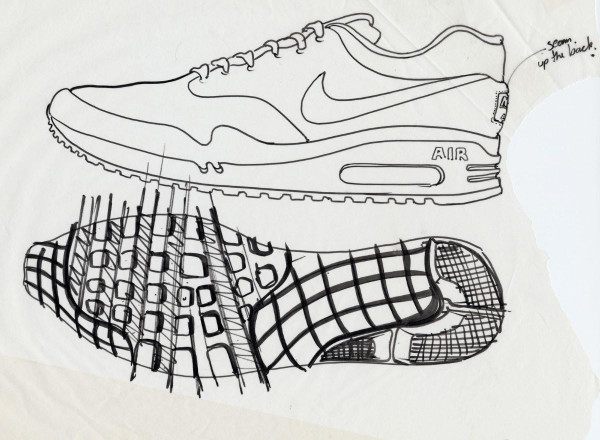Nike Air Max 1: everything you want to know
The year 1987 had many moments we will always remember. The Michael Jackson song ‘Bad’ hit the charts and The Simpsons first aired on television.
Yet something else happened that we will never forget: Nike Air released its very first Nike Air Max. Up to today, this revolutionary shoe still influences the whole wide world and that is why we set out the facts of the Nike Air Max 1 for you.
Nike Air Max 1 history
Many people think that the story of the Nike Air Max 1 begins with the Nike designer Tinker Hatfield, but it all started with Marion Frank Rudy. The inventor and engineer of aerospace figured out how to pump air into a sack and incorporate this into a trainer’s sole. The man had worked at NASA for years. He showed his invention to many large brands, but no brand thought that the ‘airbag’ would have potential. He was rejected time after time, until he visited Nike.
And that is where Tinker Hatfield shows up. For a couple of years, Hatfield had been working as an architect at the Nike Campus in Oregon, when he was asked to design a shoe in 1985. In Paris, the Centre George Pompidou inspired him. The Pompidou’s architects had the intent to turn the building inside out and Hatfield was fascinated by this. He sketched a shoe that shows the inside of the sole.





